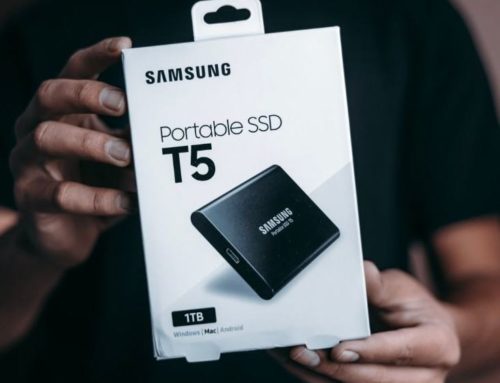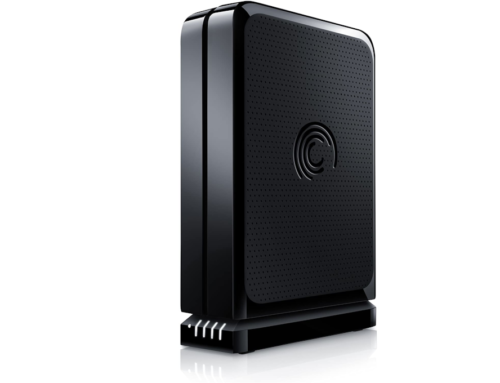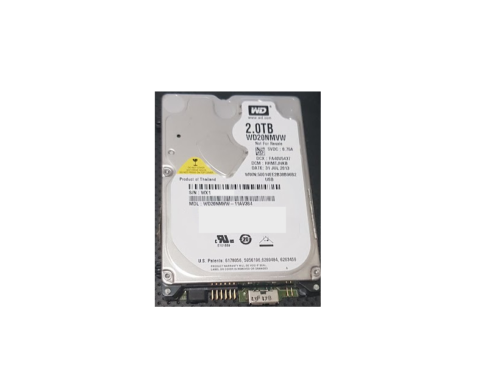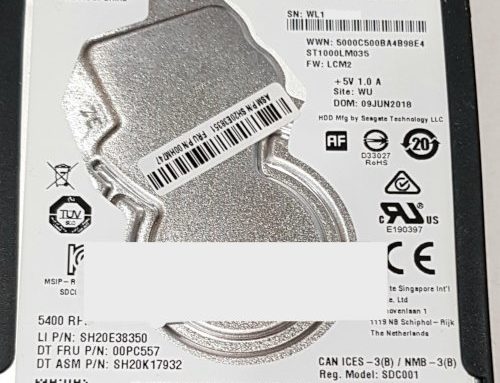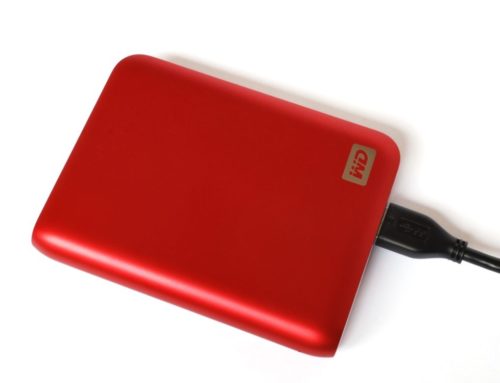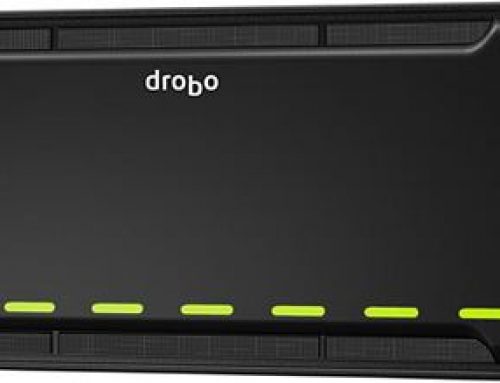Hard drive:
Model: WD30EFRX-68EVZN0
Firmware: 80.00A80
Inside a WD my Cloud 3Tb.
If you have this drive and are having trouble detecting it, you may find our WD hard drive not working guide for WD drives helpful.
We received a WD My Cloud at our Melbourne office for data recovery. It was a WDBCTL0030HWT-00 which internally contained a WD30EFRX-68EVZN0.
The client said that it was not showing up on their sytem any more, but it was not making any clicking, clunking or scraping sounds which was a positive development.
On intial exmination of the drive, some of the modules that run the drive were damaged, but we were able to bypass them as the first copy were unreadable, but the second copy was intact. We then backed up all modules and ROM from the drive.
We then examined the hard drive for any issues and found that there were a large number of bad sectors on the drive as well. Upon futher examination, these bad sectors were located on the platter that was read by Head 4. This wopuld have caused the issues that the client had with not reading data, as when the drive hit the bad sectors, it would have slowed down or errored out because of this.
The data on the drive was contained in a linux file sytem, which we have recovered data from many times, so that was not an issue. We copied and rebuilt as much of the directory structure as possible and then turned off head 4. As there was 6 heads on this drive, there was a considerable amount of data to be recovered from the other heads. We recovered all data from the other heads as possible and then turned on head 4 once more. We then read data from this head but stopped each file if it contained a bad sector. We concentrated on the important data first, and then the other data.
Once we could recover all we could this way, we set a re-read for the bad sectors. This meant that the bad sectors would be read several times before moving to the next one. This enabled us to read more sectors of the files that were bad and improve our data recovery rate on this job.
Once we could not read any more data from the damaged platters, we copied all files to our server and then recovered the files with bad sectors into a folder called “bad files”. This meant that our client could still see if the files that contained bad sectors would open (as they may have bad sectors in parts of the files that are not relevent, or they could copy and paste good parts into newer files.
In the end, the majority of requested files were recovered. we mentioned to our client that if there were any files damaged or missing, we would be happy to retry to read these for no extra costs.
Data recovered.
Client very happy.

